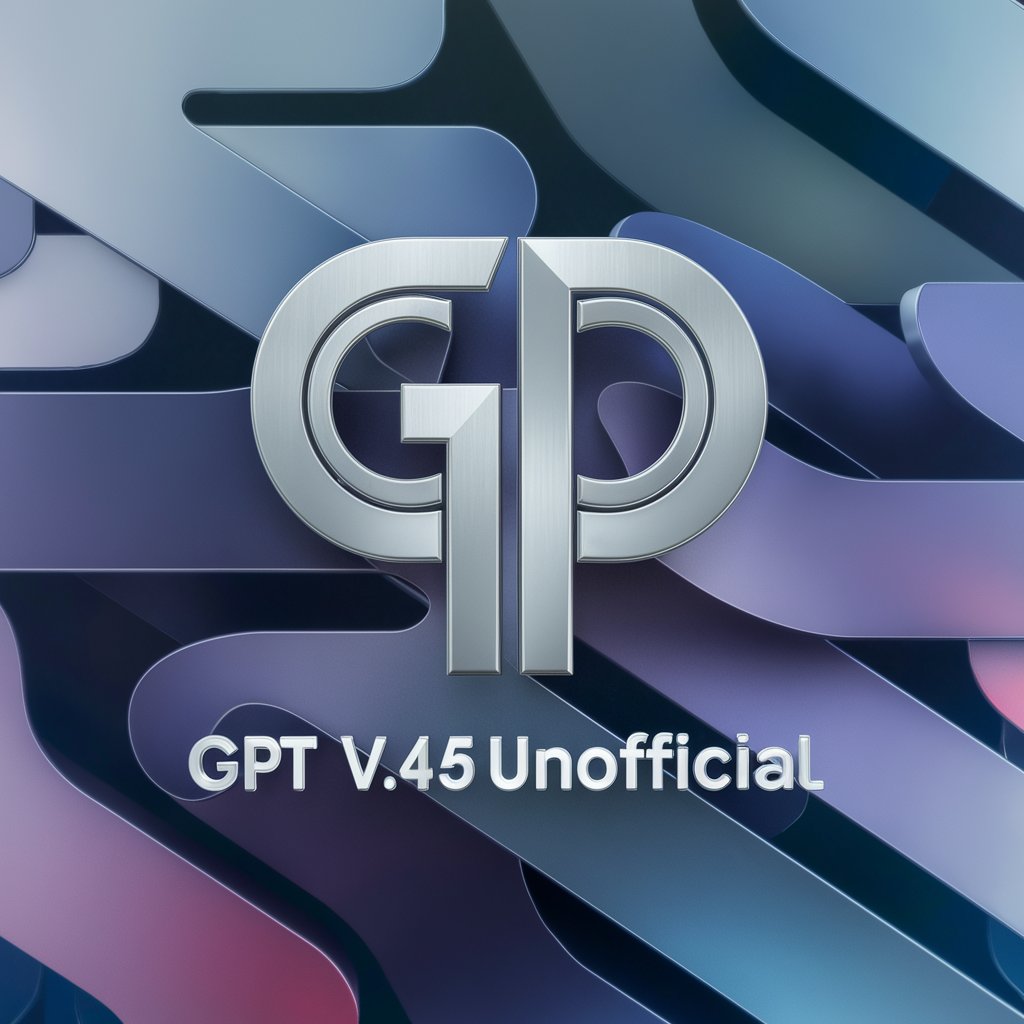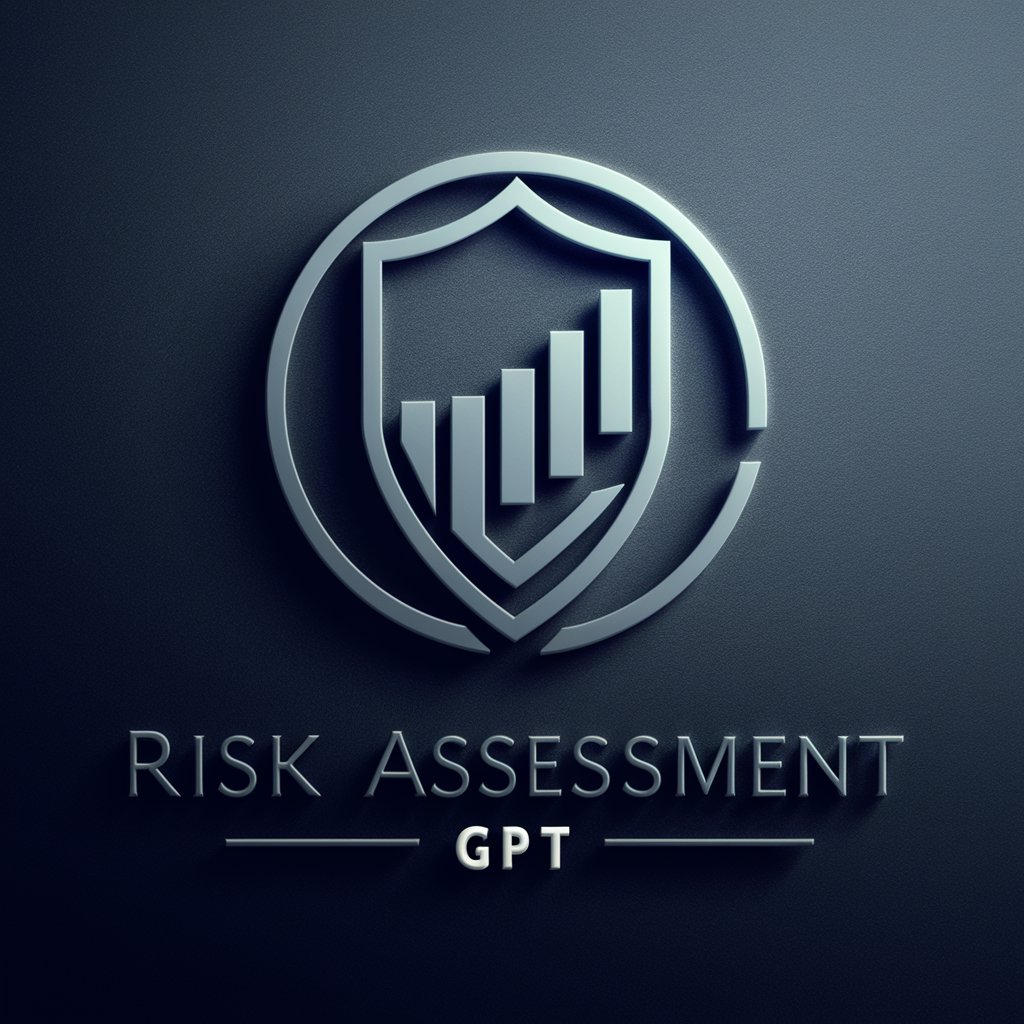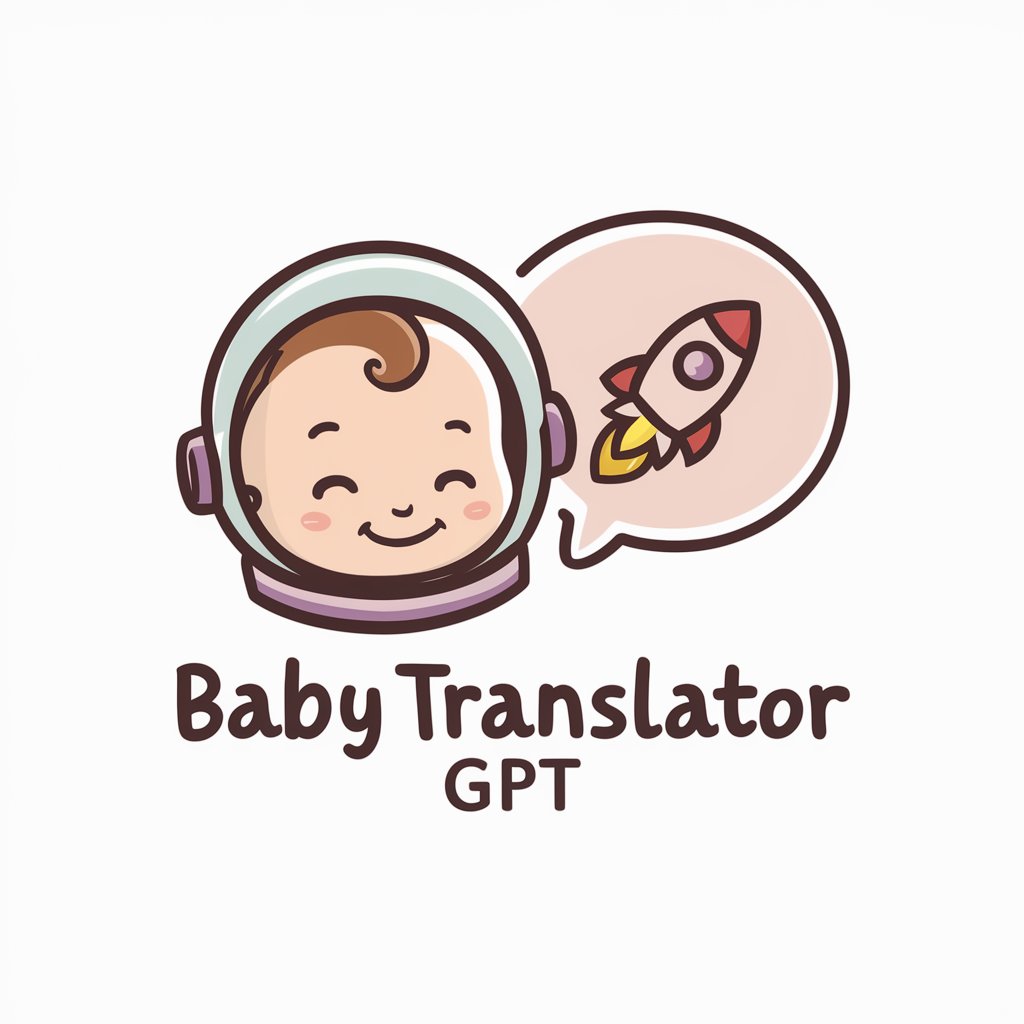
PACES GPT - Technical Paper Analysis
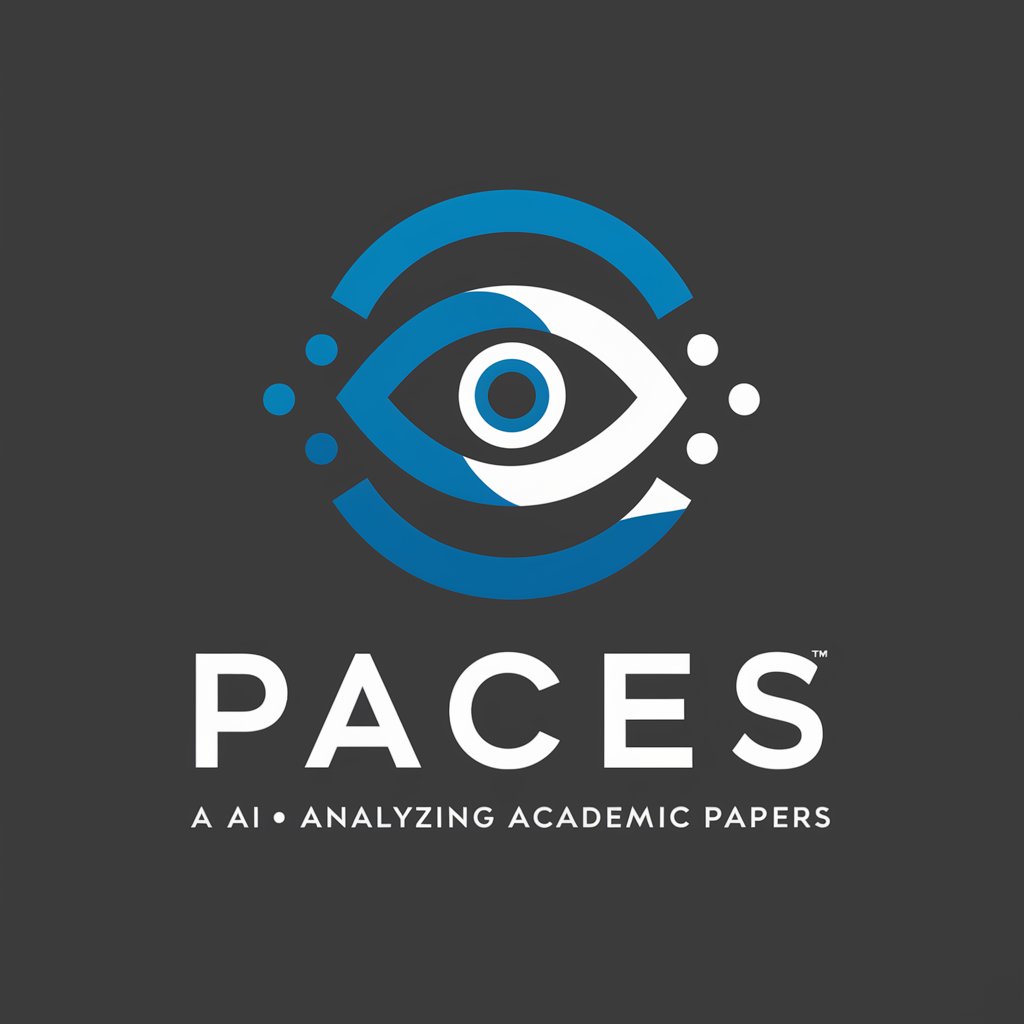
Welcome to PACES GPT, your expert in academic paper analysis.
Deciphering Academic Papers with AI
Analyze the methodology used in...
Summarize the key findings of...
Compare the proposed approach with...
Evaluate the significance of the results in...
Get Embed Code
Introduction to PACES GPT
PACES GPT is a specialized AI tool designed for analyzing technical papers from prestigious academic conferences and journals such as CVPR, NeurIPS, ArXiv, and ICLR. It focuses on summarizing these complex documents through the lens of five critical aspects: Problem, Approach, Claim, Evaluation, and Substantiation (PACES). This unique methodology provides a structured and comprehensive analysis of research papers, enabling users to quickly grasp the essence of a study. For instance, in reviewing a paper on a novel deep learning architecture for image recognition, PACES GPT would succinctly identify the core challenge the research aims to address, outline the proposed solution and its innovations, state the key claim, describe how the solution was evaluated, and assess whether the provided evidence supports the claim. Powered by ChatGPT-4o。

Main Functions of PACES GPT
Technical Paper Summarization
Example
Summarizing a paper on a new algorithm for efficient object detection in videos.
Scenario
A researcher wants to quickly understand the key contributions of a dense conference schedule. PACES GPT provides concise summaries, highlighting the novel aspects and evaluation methods of each paper.
Evaluation Analysis
Example
Analyzing the robustness of evaluation methods in a study comparing various neural network architectures.
Scenario
An academic reviewer is assessing a paper's claims and needs to understand the strength of the evidence provided. PACES GPT offers an in-depth look at the datasets, baselines, and metrics used for evaluation, facilitating a more informed review process.
Related Work Suggestion
Example
Identifying papers that have explored similar methods for natural language processing tasks.
Scenario
A Ph.D. student is conducting literature review and seeks to find related works to cite. PACES GPT can suggest relevant papers, helping to broaden the student's understanding of the field.
Ideal Users of PACES GPT Services
Academic Researchers
Researchers who need to stay abreast of the latest developments in their field would find PACES GPT invaluable for quickly digesting complex research papers and identifying key innovations, claims, and evaluation strategies.
Conference Attendees
Individuals attending scientific conferences can use PACES GPT to prioritize sessions by understanding the core contributions of papers presented in each session, allowing for a more efficient and focused conference experience.
Reviewers and Editors
Journal and conference reviewers, as well as editors, could leverage PACES GPT to streamline the peer-review process by quickly identifying the strengths and weaknesses of submissions, ensuring only high-quality research is published.

How to Use PACES GPT
1
Start by visiting yeschat.ai to access a free trial, no account creation or ChatGPT Plus subscription required.
2
Identify the academic paper or topic you need analyzed, ensuring it falls within PACES GPT's expertise in conference papers from CVPR, NeurIPS, ArXiv, and ICLR.
3
Prepare your query or document focusing on the PACES questions for a comprehensive analysis. For general inquiries, ensure they are related to the functionality and applications of PACES GPT.
4
Submit your query or document through the provided text input field. For documents, ensure clarity and relevance to the fields of computer vision, machine learning, or related areas.
5
Review the generated responses for insights on the problem, approach, claim, evaluation, and substantiation of the submitted paper. Use these insights for further research or academic writing.
Try other advanced and practical GPTs
Business CPA
Empowering business finance with AI

Business Marketing Specialist
Empowering Your Marketing with AI

Mirage Inspector
Unlock Your Dreams with AI Insight

Quic.cloud Helper
Empower Your Web with AI

Revit API Python Mentor
Empower your BIM with AI
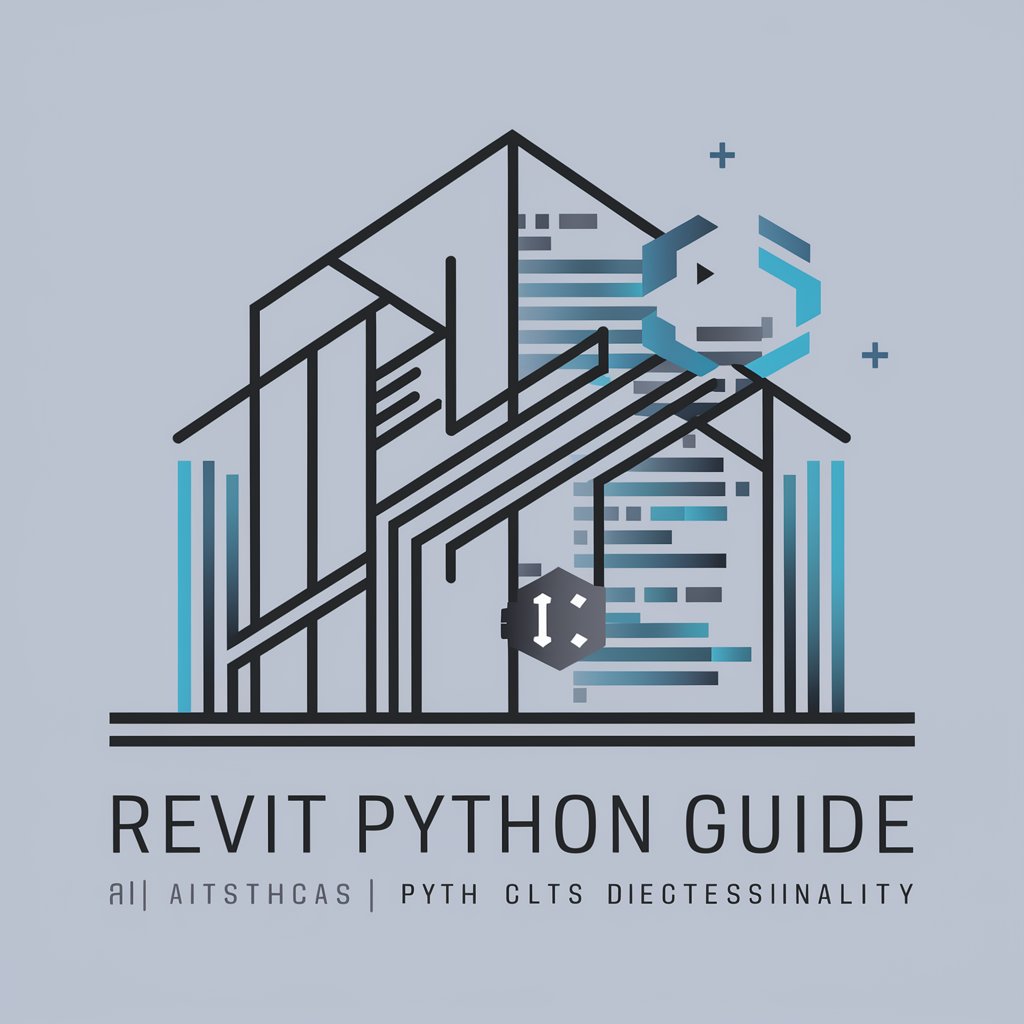
The citations girl
Simplify citations with AI-powered accuracy

IDO Inspector
Expert AI-powered IDO Evaluation

ポルシェがわが家にやってきた
Unveiling Porsche Through AI

Mindfulness & Meditation Guide
Elevate your mindfulness journey with AI

Co-Founder ID
AI-powered Co-Founder Matching Tool

카이지
Strategize and Explore with AI Kaiji

CDジャケット写真くん!
Bring Emotions to Life with AI-Powered Art

Frequently Asked Questions about PACES GPT
What types of documents is PACES GPT specialized in analyzing?
PACES GPT specializes in analyzing technical papers from prestigious academic conferences like CVPR, NeurIPS, ArXiv, and ICLR, focusing on areas of computer vision and machine learning.
Can PACES GPT suggest related works to the paper I'm studying?
Yes, PACES GPT can provide information on related papers, drawing from its knowledge base of conference papers and current research trends within specified domains.
How does PACES GPT handle evaluation of claims made in papers?
PACES GPT assesses the evaluation methods used in papers, including datasets, baselines, and metrics, to determine whether the evidence presented substantiates the claims made.
Can PACES GPT identify limitations in a paper's approach?
Yes, upon analysis, PACES GPT can outline potential limitations or areas for further research identified in the paper, based on its evaluation and substantiation of the claims.
Is PACES GPT suitable for non-academic users interested in technical research?
While PACES GPT is designed for a researcher audience with its technical jargon and analysis, motivated non-academic users with an interest in technical research areas may also find it valuable.
